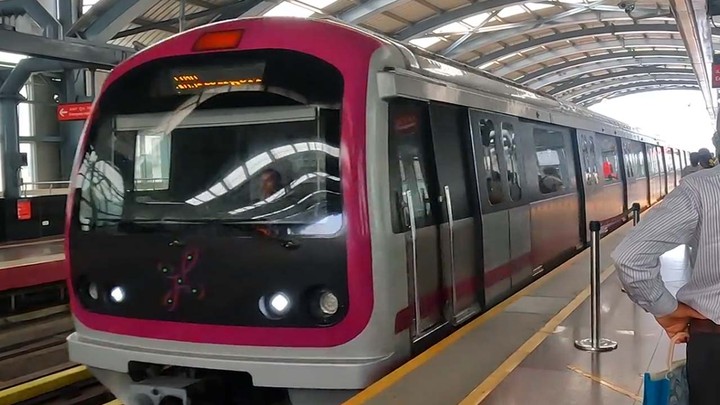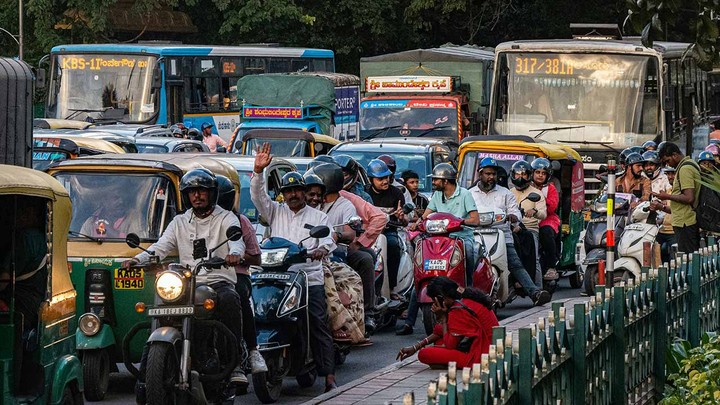
From tree-lined boulevards and colonial-era bungalows to bustling roads and gleaming office towers, Bangalore has witnessed a dramatic transformation. Once known for its laid-back lifestyle, gardens, and mild climate, the city was a peaceful haven for retirees.
Over the last four decades, it has evolved into a thriving metropolis. The influx of global companies, tech parks, and startups has reshaped the city’s landscape and culture. Innovation and ambition now pulse through its core.
Today, Bangalore stands tall as India’s undisputed IT capital, often hailed as the “Silicon Valley of India” — a symbol of modern progress and digital dreams.
🌱 The Seeds of Innovation
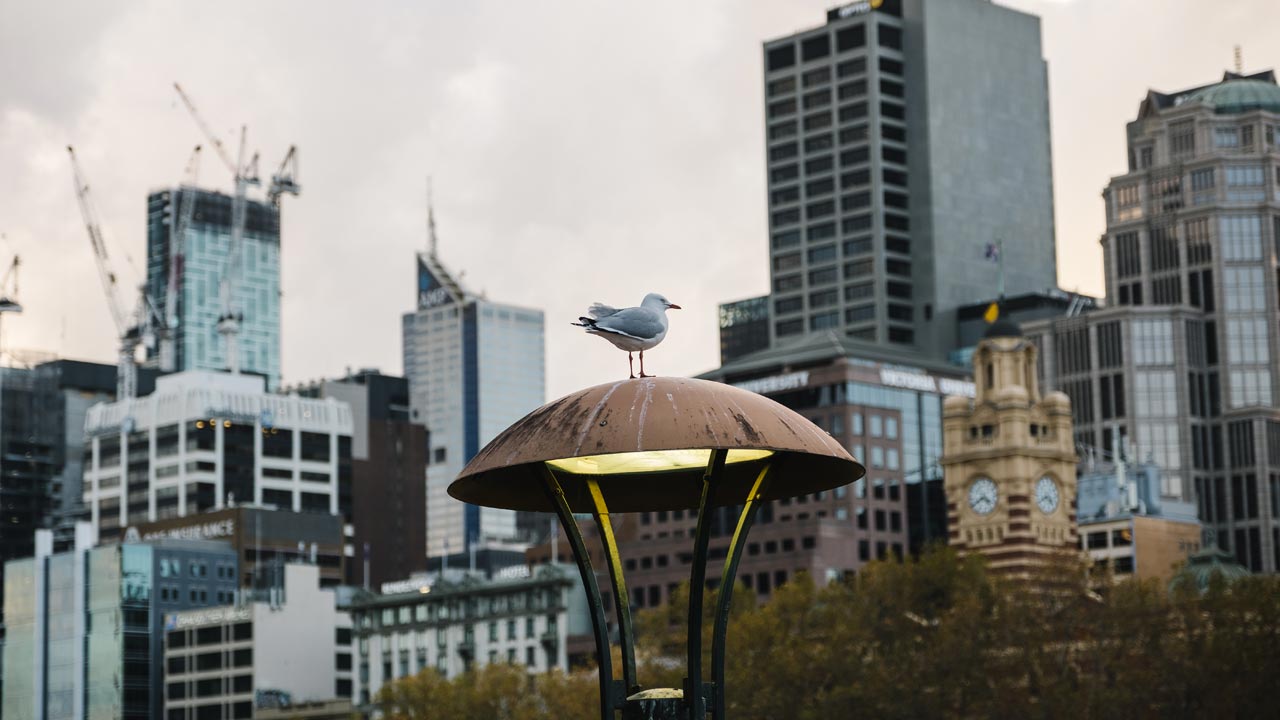
The seeds of Bangalore’s tech boom were sown in the 1970s and 80s, long before the rise of flashy startups and co-working cafes.
- In 1973, the Indian government set up Electronics City, a 300-acre industrial park on the outskirts of Bangalore, to attract electronics manufacturing.
- Texas Instruments became the first multinational to open a facility here in 1985, famously using a satellite link to communicate with their US office — a massive leap for the time.
- The city also benefitted from top-tier institutions like IISc, IIM Bangalore, and HAL, which nurtured technical and scientific talent.
Caption: A rare shot of Electronics City in the early 1980s, when the tech dream had just begun.
🧠 The Outsourcing Revolution

In the 1990s, India’s liberalization policies opened the doors for global businesses. Bangalore, with its cool climate, skilled English-speaking workforce, and existing infrastructure, became the hotspot for outsourcing and software services.
- Companies like Infosys, Wipro, and TCS established huge campuses in the city.
- Business parks like Manyata Tech Park and Bagmane Tech Park started attracting IT giants.
- A new middle class emerged, fueling consumerism, real estate, and the city’s culture.
Caption: Infosys campus in Bangalore — one of the early landmarks of India’s software success.
🚀 Rise of the Startups

The 2000s saw the birth of the startup wave. Bangalore became home to unicorns like:
- Flipkart – India’s answer to Amazon
- Swiggy and Zomato – revolutionizing food delivery
- Razorpay, Freshworks, and Meesho – redefining payments, SaaS, and social commerce
With the growth of incubators like NSRCEL at IIM-B, NASSCOM 10,000 Startups, and co-working hubs in Indiranagar and Koramangala, the city became a breeding ground for innovation.
Caption: The startup hive of Koramangala — where many unicorns were born.
🏙️ The Urban Flip Side

While the tech boom brought economic growth, it also created new challenges:
- Skyrocketing real estate prices
- Traffic congestion and pollution
- Displacement of local communities
The rapid urbanization forced Bangalore to rethink sustainable development, public transport, and environmental policies.
Caption: A common sight — the traffic chaos brought on by exponential growth.
1. HAL Heritage Centre and Aerospace Museum
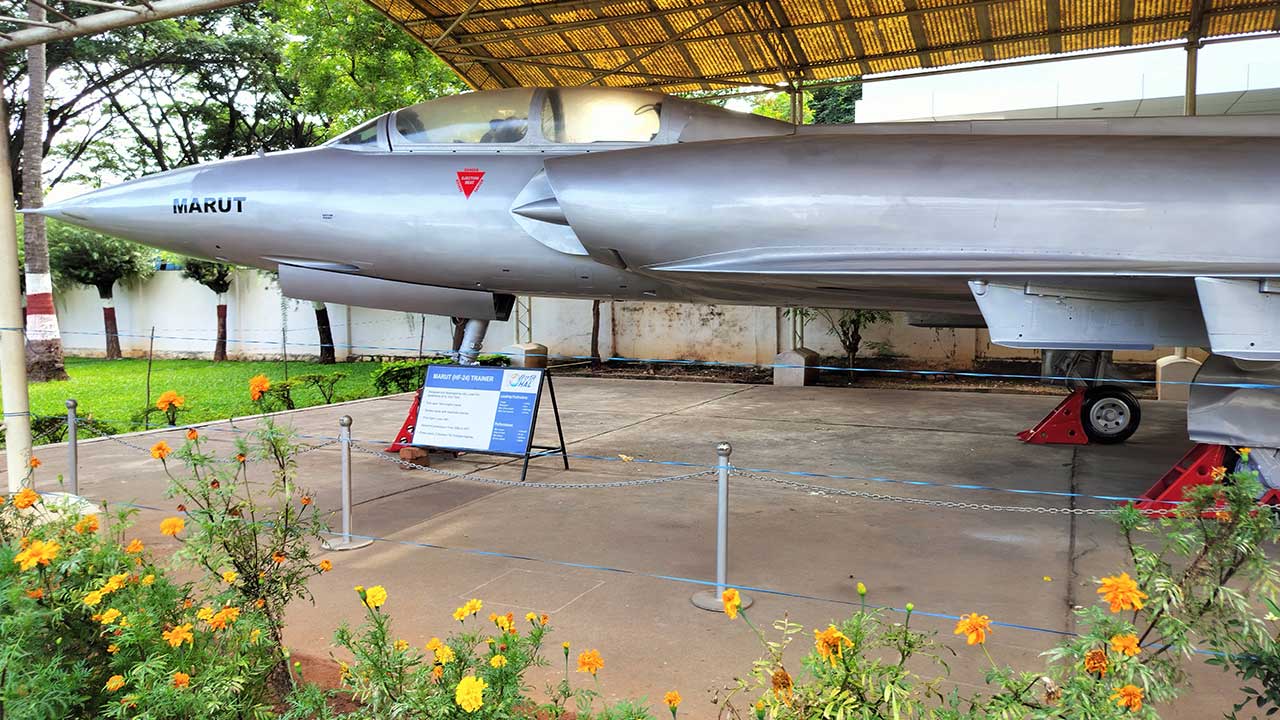
Explore India’s aviation legacy at HAL Museum, featuring vintage aircraft, flight simulators, and exhibits on aerospace technology and defense innovations.
2. Visvesvaraya Industrial & Technological Museum
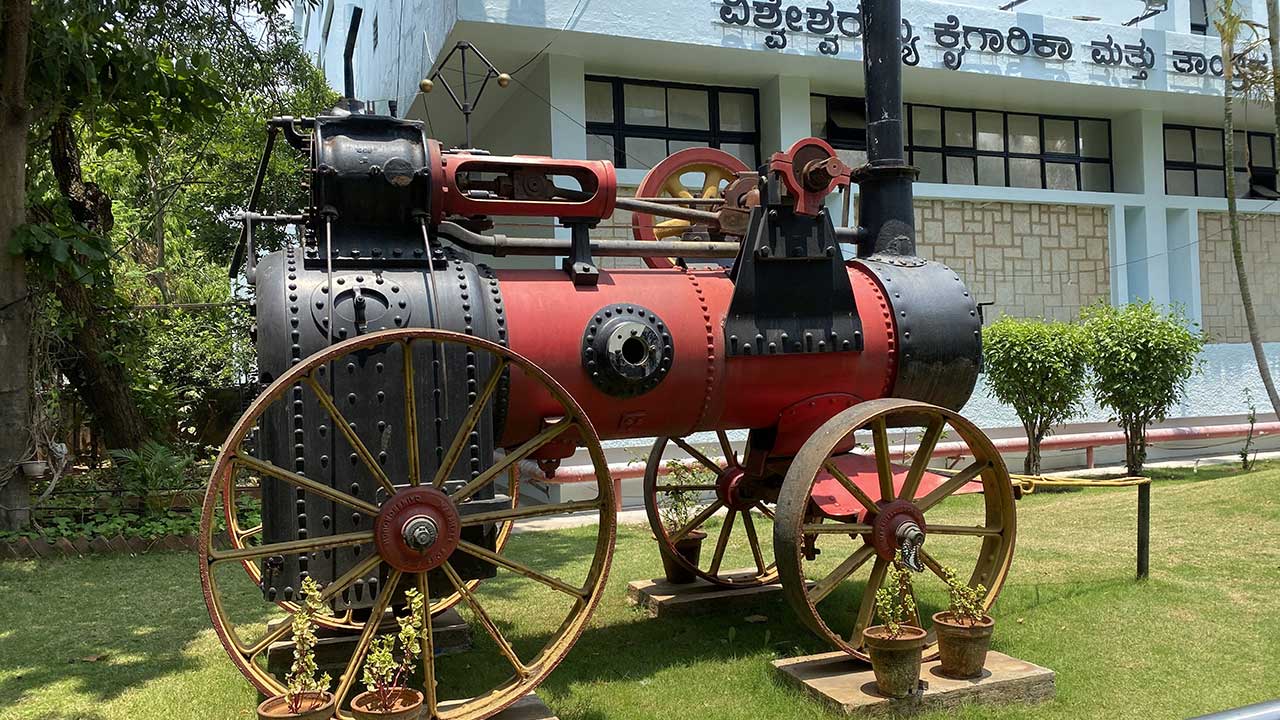
An interactive science museum featuring tech demos, robotics, holograms, and fun learning zones — perfect for understanding India’s innovation journey in science and engineering.
3. Infosys Campus (Electronic City)

One of India’s largest and most iconic IT campuses, the Infosys headquarters represents the rise of India’s software exports and modern tech infrastructure.
4. IISc Bangalore

The Indian Institute of Science is a prestigious research institution that has powered India’s scientific growth in aerospace, computing, and deep-tech innovation.
💡 Did You Know?
- Bangalore has more than 40% of India's IT exports.
- It is home to over 13,000 startups — one of the highest in the world.
- It’s the only Indian city listed among the Top 30 Global Startup Ecosystems.

Caption: Bangalore's ever-expanding tech map — from Electronic City to Whitefield and beyond.
🗺️ Plan Your Visit
If you're a tech lover visiting Bangalore, plan a quick tour:
- Morning: Explore HAL Museum and nearby parks
- Afternoon: Visit the Visvesvaraya Museum
- Evening: Chill at a startup café in Koramangala
Take a piece of Bangalore’s innovation history home with you.
🧭 Why Bangalore, Not Mumbai or Delhi?
- Talent Pool: With engineering colleges like RVCE, BMS, PES, and nearby IITs, Bangalore produces a massive number of skilled graduates every year.
- Weather: The cool, moderate climate makes long work hours bearable compared to the heat of North India.
- Culture: A mix of cosmopolitan openness, tech-savviness, and entrepreneurship.
🌱 Challenges & The Road Ahead

While the city has thrived, challenges loom:
1. Infrastructure stress due to rapid urbanization
Bangalore’s fast-paced growth has put immense pressure on roads, sewage systems, and public utilities, leading to uneven development across neighborhoods.
2. Traffic congestion and housing costs
With more vehicles and limited road space, Bangalore faces severe traffic jams daily. Rising demand has also pushed housing prices out of reach for many.
3. Water scarcity in some areas
Certain parts of Bangalore struggle with water shortages due to overuse, depleting groundwater, and irregular rainfall, posing sustainability challenges.
Despite this, the city is gearing up for a new era of innovation, with smart city plans, metro expansion, and a growing emphasis on green technology.
Conclusion
Bangalore didn’t become India’s tech capital overnight. It’s a city shaped by visionaries, risk-takers, and innovators who saw potential in every circuit and line of code. The tech boom not only changed the skyline — it reshaped India’s global image.
Whether you're a techie, traveler, or history buff, Bangalore’s tech legacy is one that continues to inspire.

